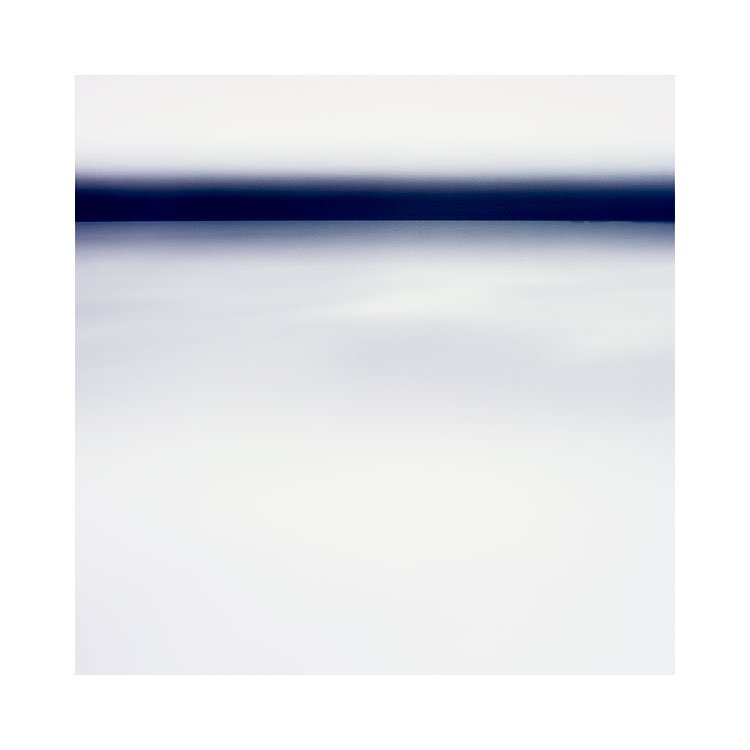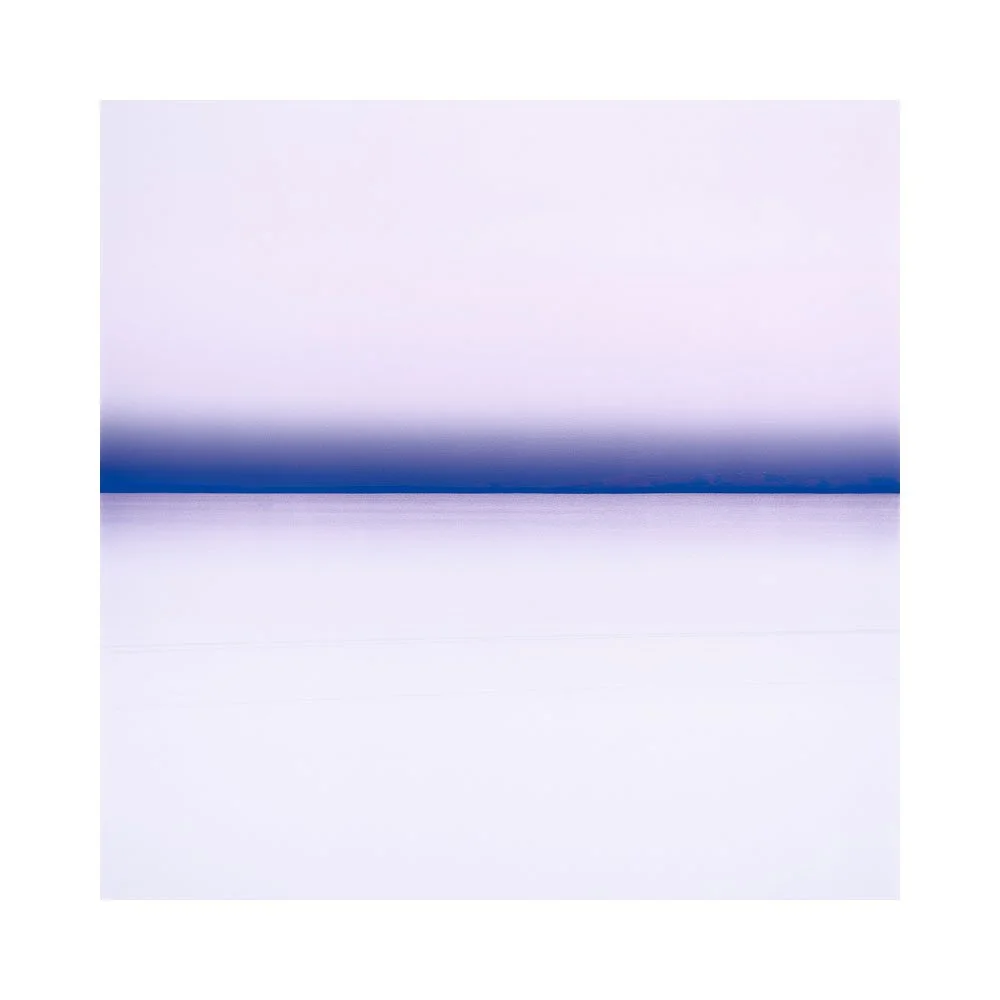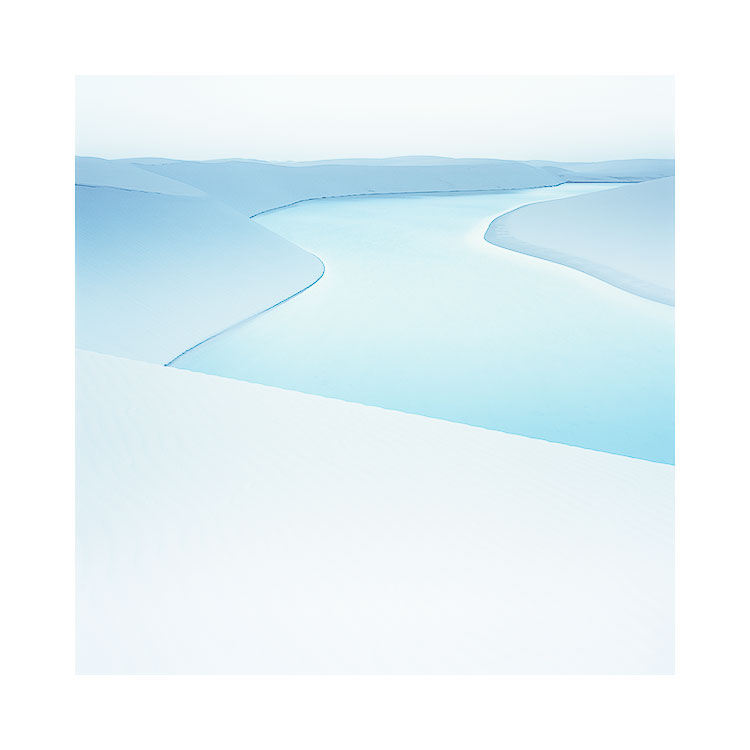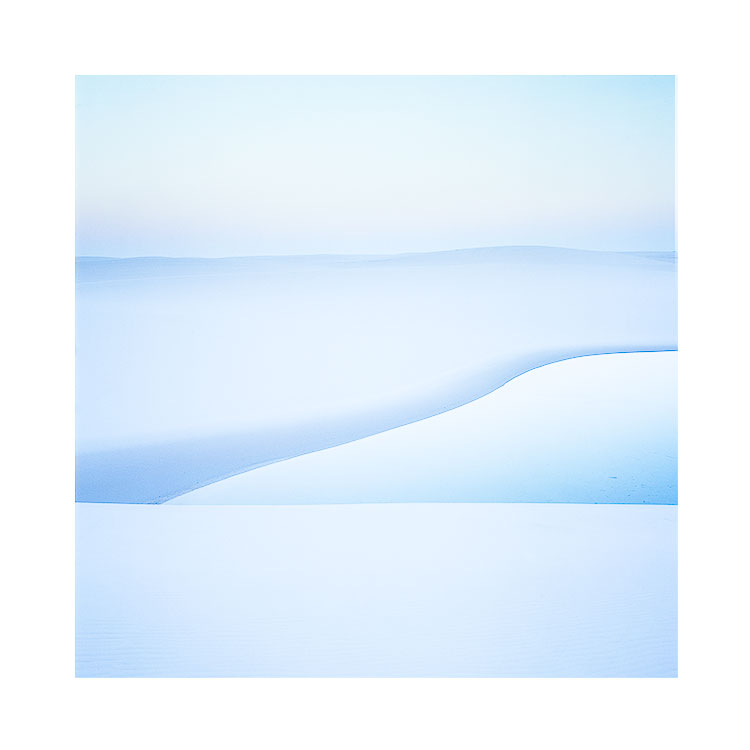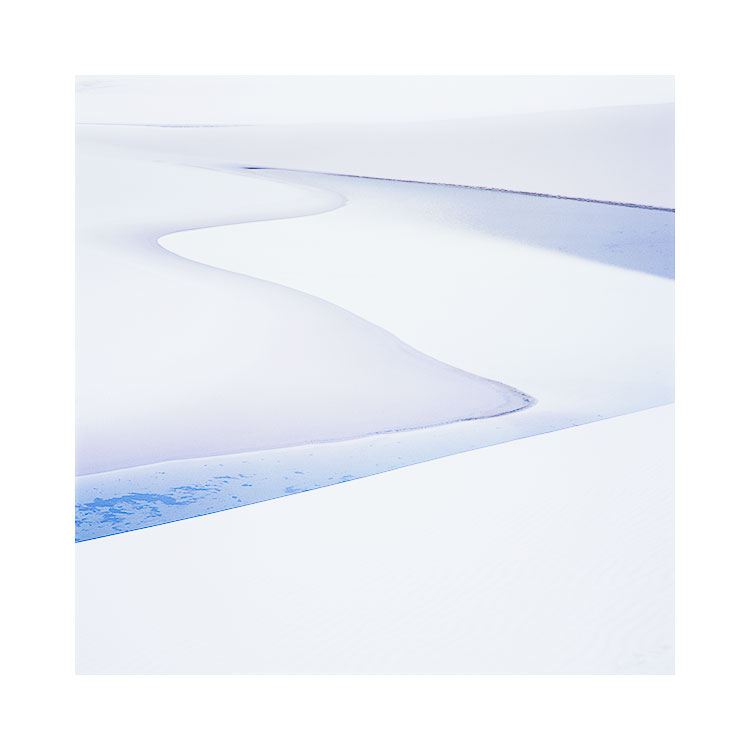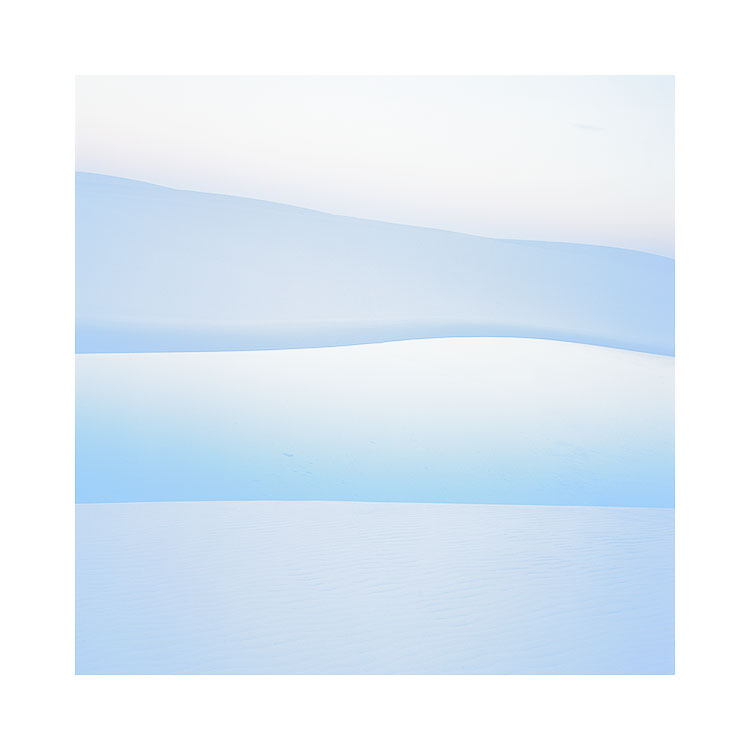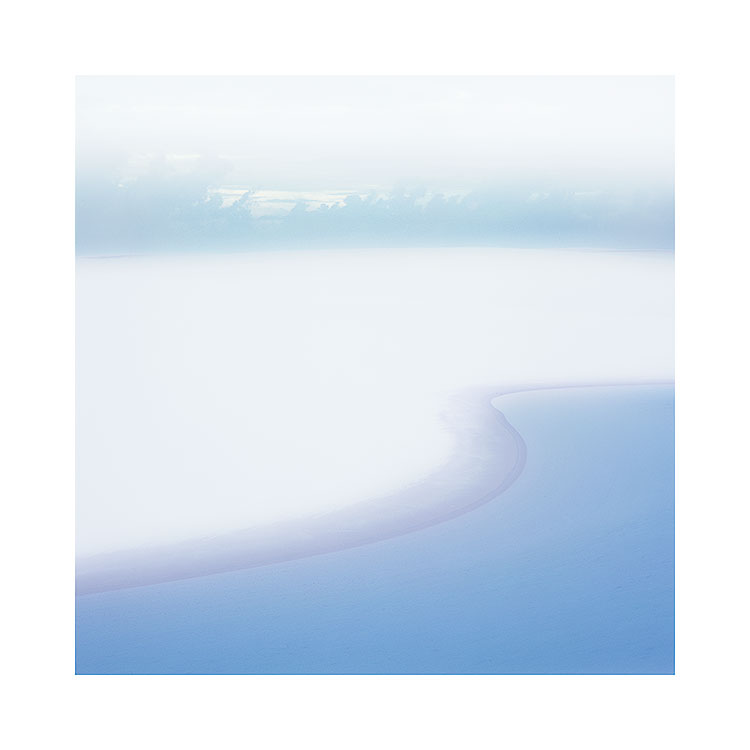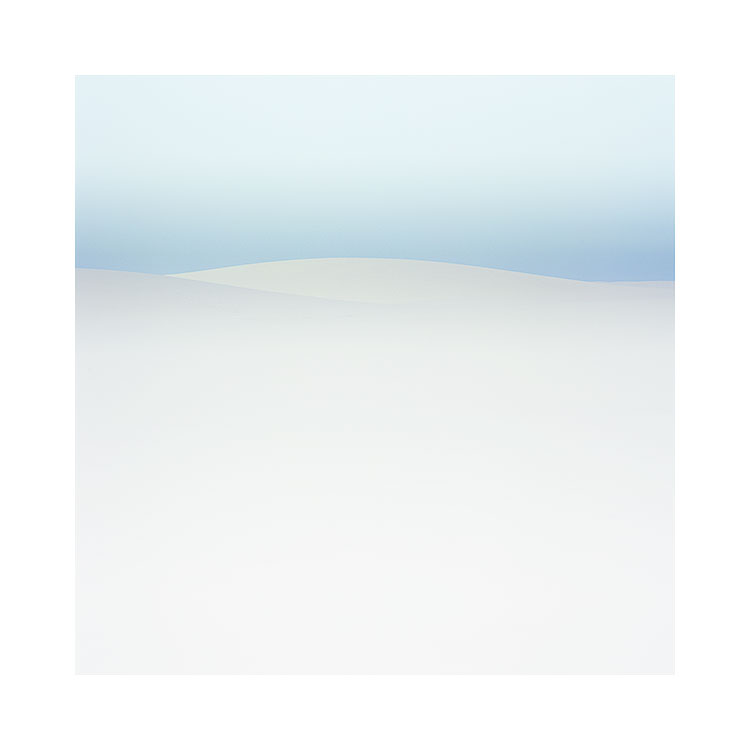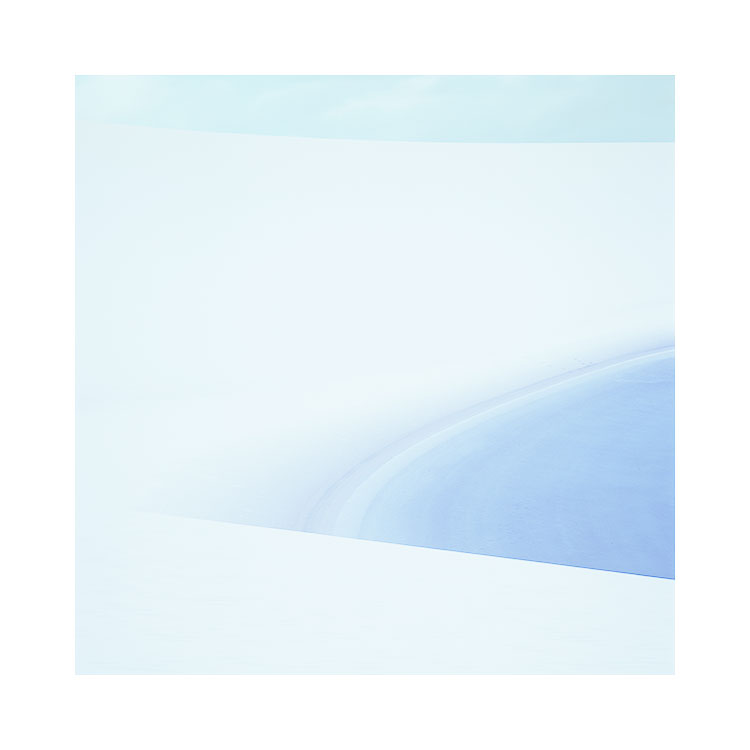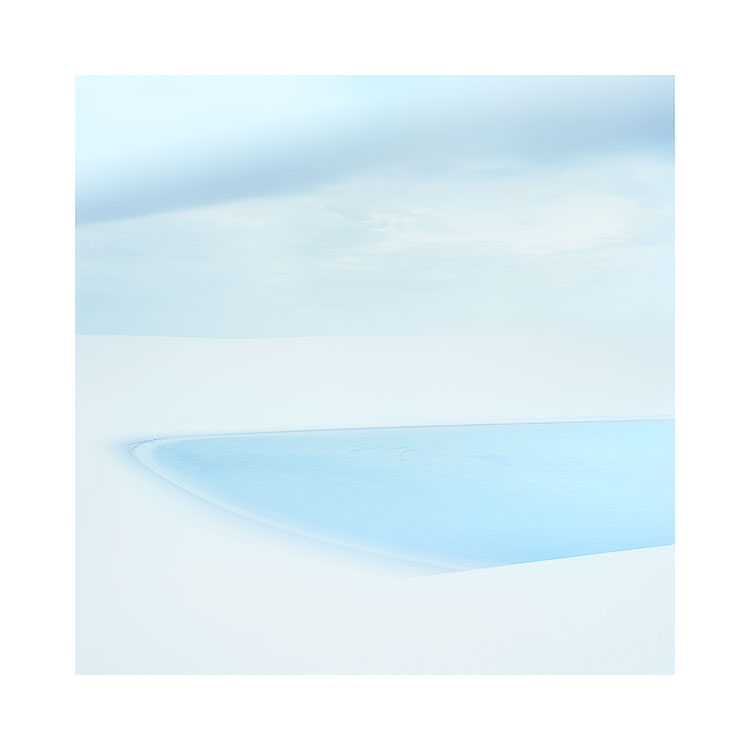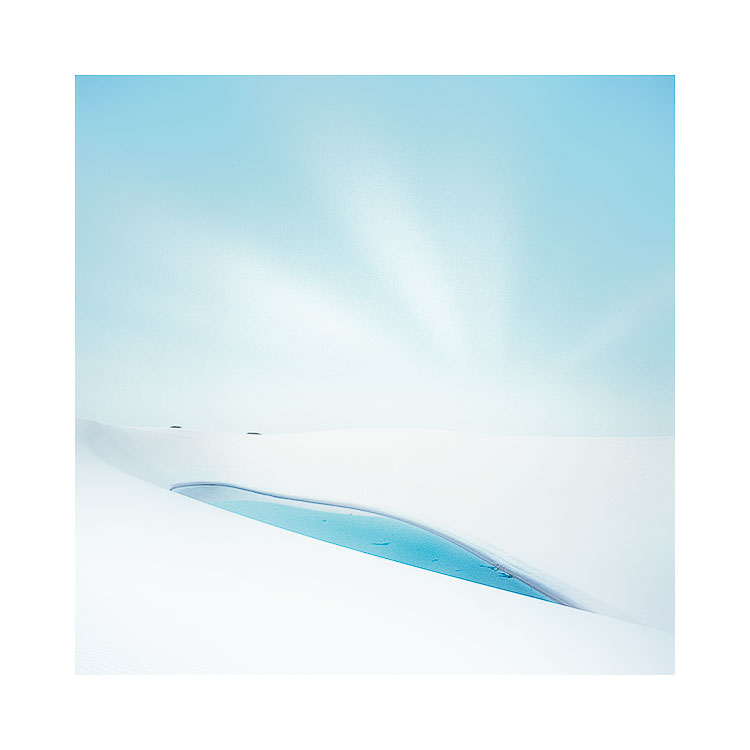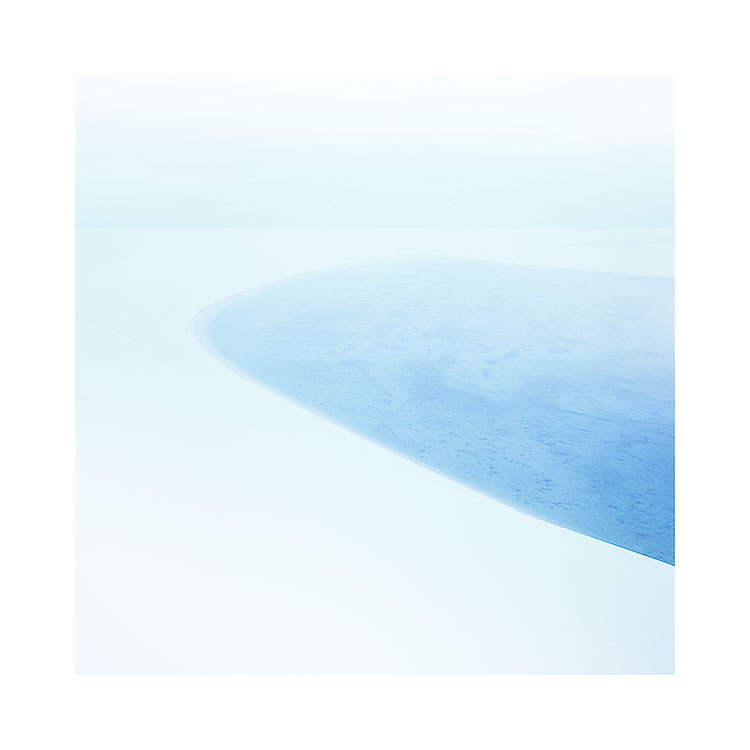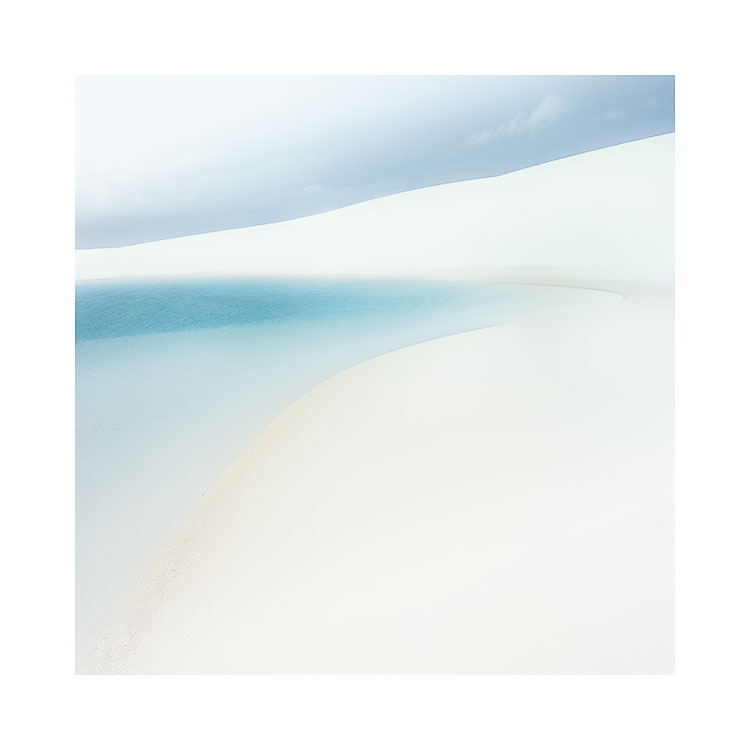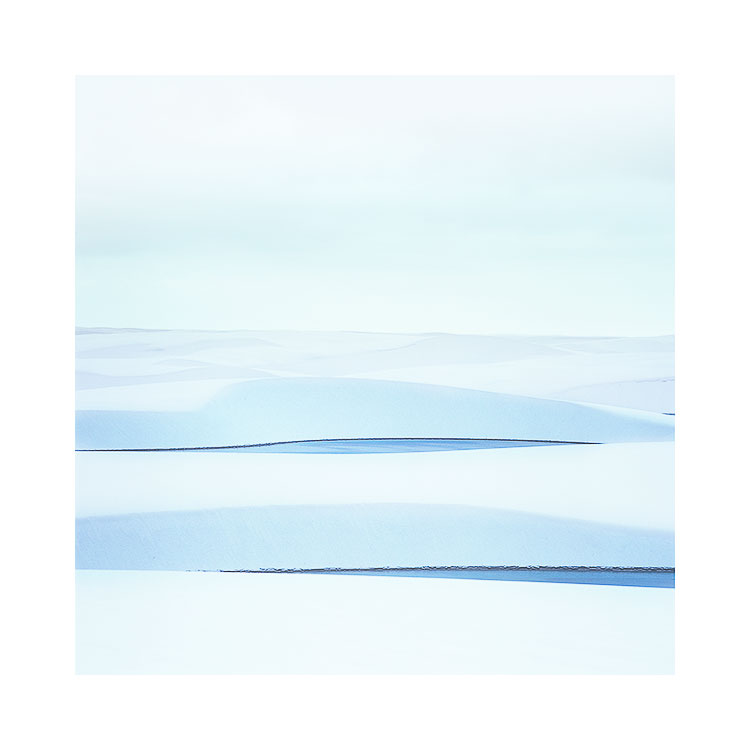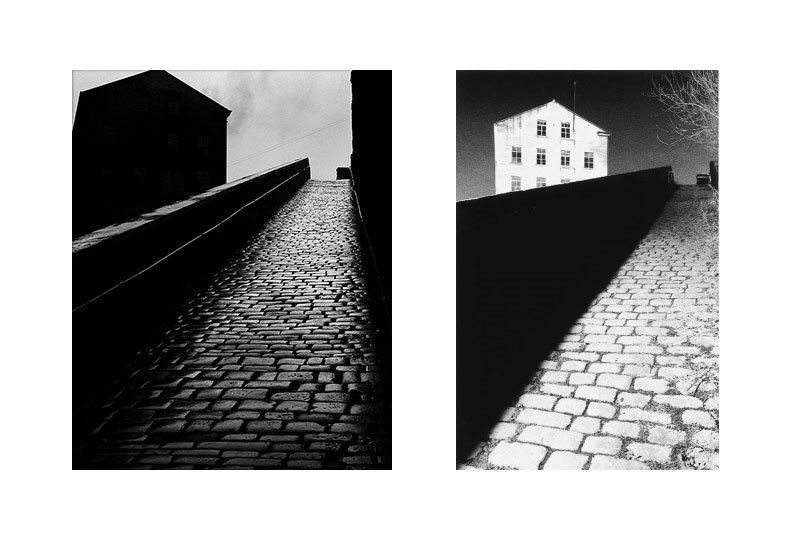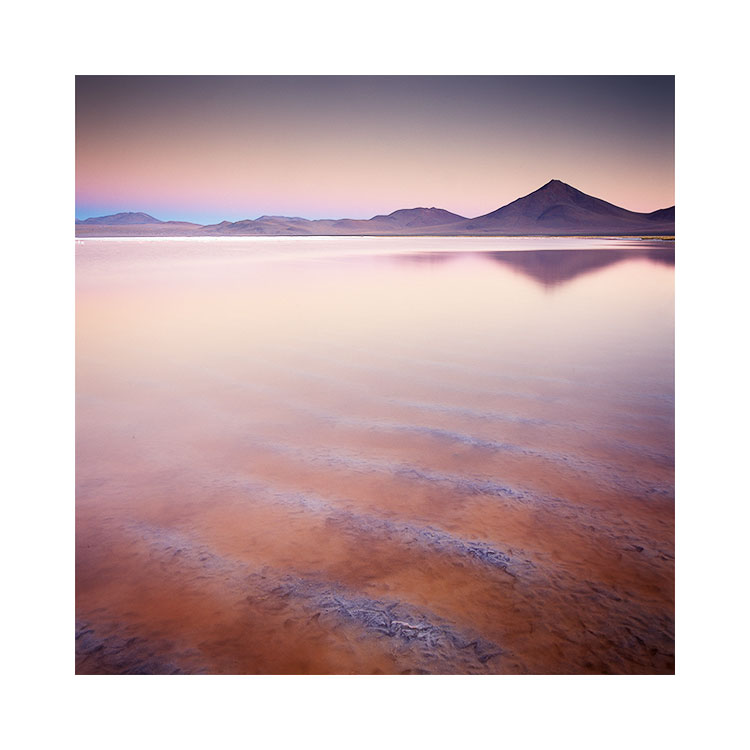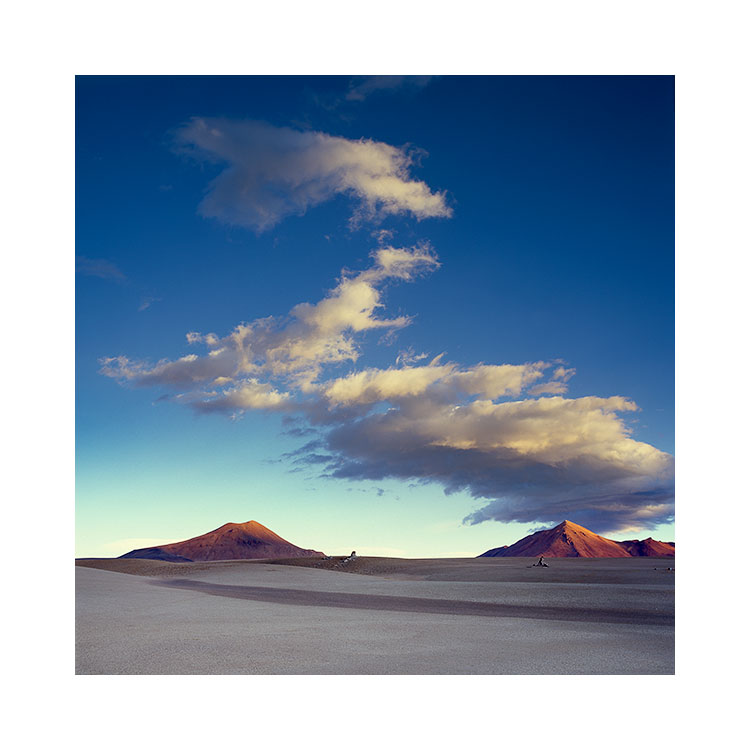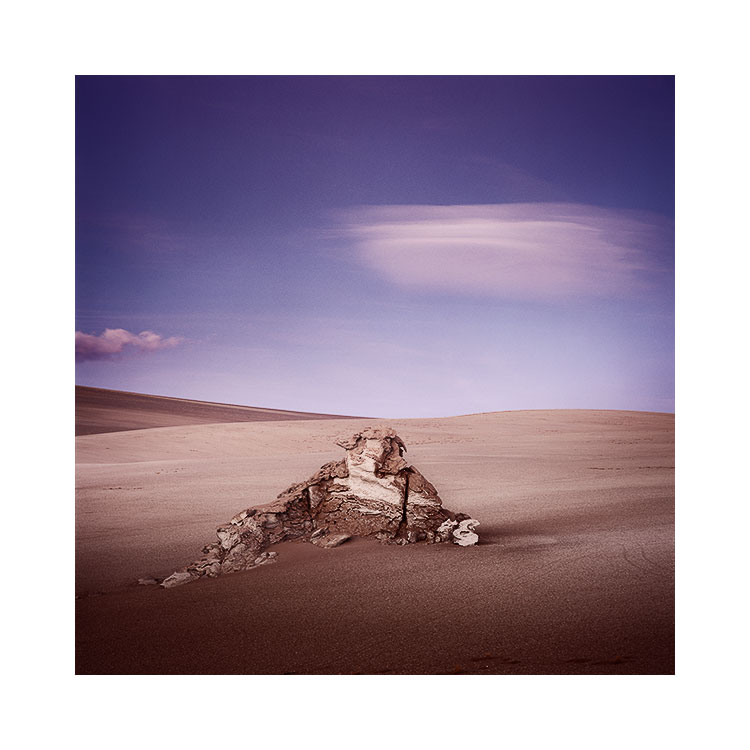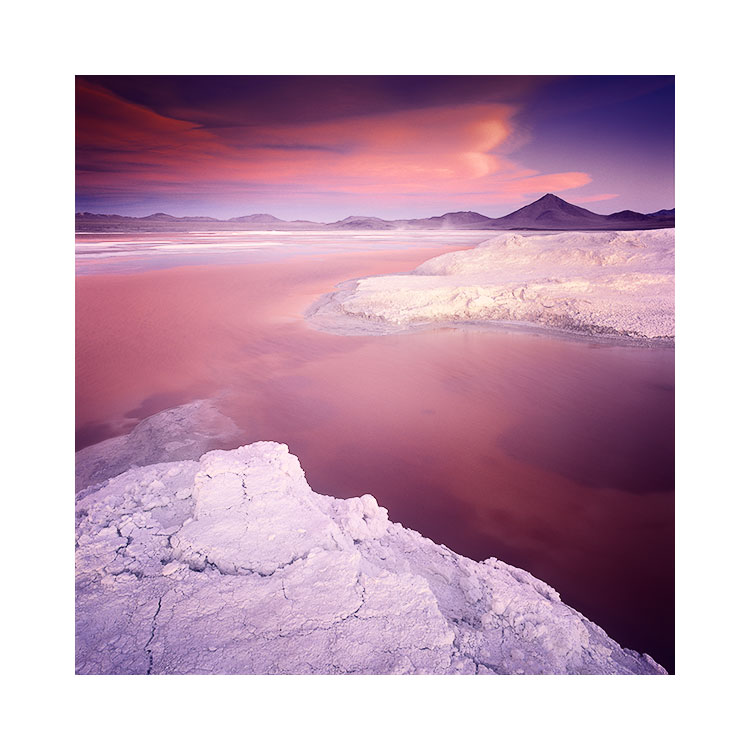Sharpening
I’m a big fan of PixelGenius’ sharpening toolkit. Which sadly isn’t supported any more.
But I still use it even though it’s not supported, and I’ve found over the past few years that it sometimes isn’t visible in Photoshop’s menu when you install it, or when you migrate up to a new version of PS.
If like me, you love the sharpener, and want to keep on using it, then you can still get it to run, even on the latest Mac OS, if you run PS under Rosetta. You won’t want to use PS under Rosetta all the time, and I would suggest you only boot up PS under Rosetta when you wish to use the sharpener tool kit.
New Gradient Tool in PS
On another note, I got the fright of my life this week when I opened up PS. The latest version has been updated to make it work a bit more like some of the tools in Lightroom. I particularly dislike the new Gradient tool’s interface because I do not wish to see where the start and end points of the gradient are. I prefer to just keep drawing (and overwriting) a gradient until I get an immediate emotional response that says ‘that’s it!’. Fortunately, you can default the gradient tool back to the ‘classic’ interface. This is good news. I much prefer when a software company retain previous functionality where possible, rather than dictate a new way of working.
Improvements in gradient rendering?
But there is also something rather special about the gradient tool’s way of rendering now. They give you three different ways of how the gradients may ‘paint’ or ‘respond’: Classic / Linear and Perceptual.
I haven't studied them much as yet, but I am liking the Perceptual mode and find this one in particular appears to be reducing the chance of the gradients looking obvious. In the past few releases of PS I felt that the start and end points of most gradients were quite obvious when they had never had this issue in the past. I am grateful to have two other new modes for choosing how the gradation is applied to an image, and I look forward to getting to know the gradient tool in it’s new incarnation over the coming months. I feel there is a real enhancement here.

